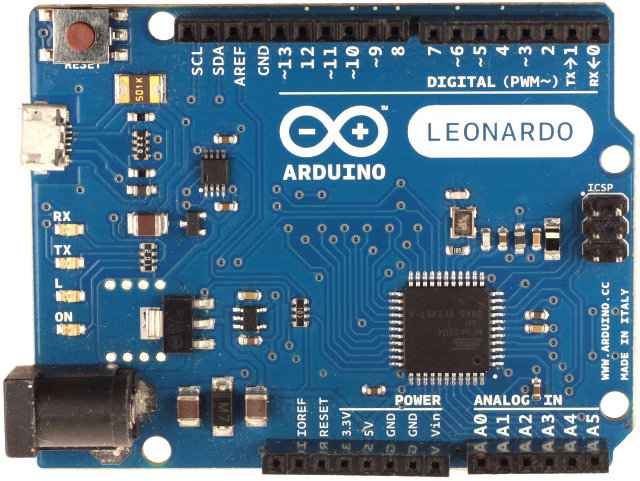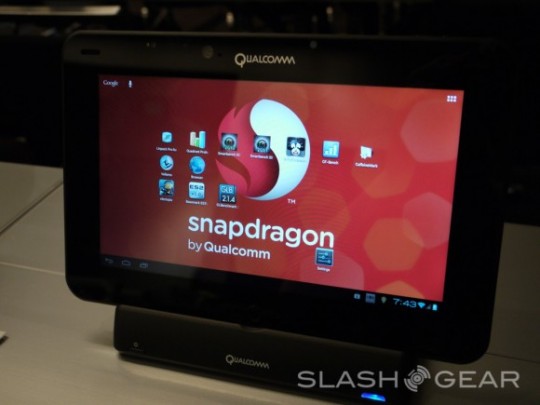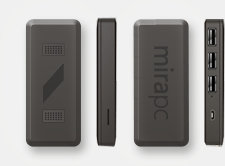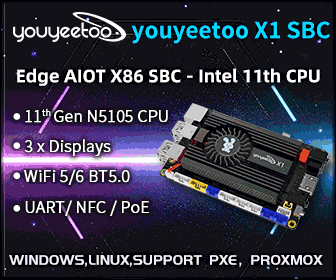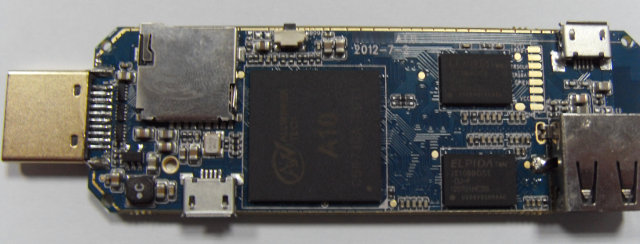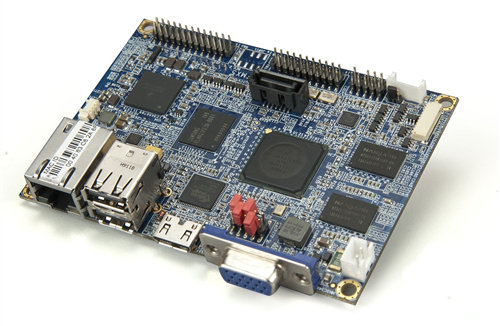LinuxCon (North America) 2012 will take place on August 29 – 31, 2012 at Sheraton Hotel & Marina, in San Diego, California. The event will be co-located with the Linux Kernel Summit, the Linux Plumbers Conference, and CloudOpen 2012. LinuxCon consists of 3 days of keynotes, business and developers related sessions as well as tutorials. There will be over 80 sessions and keynotes during those 3 days. I’ll highlight a few sessions that I find particularly interesting and related to embedded Linux, software development and ARM. August 29 10:45 – 11:30 – Life After BerkeleyDB: OpenLDAP’s Memory-Mapped Database by Howard Chu, Symas Abstract: OpenLDAP’s new MDB library is a highly optimized B+tree implementation that is orders of magnitude faster and more efficient than everything else in the software world. Reads scale perfectly linearly across arbitrarily many CPUs with no bottlenecks, and data is returned with zero memcpy’s. Writes are on […]
Discounted and Free Development Kits by Future Electronics and Texas Instruments
If you have a project in mind, Future Electronics and Texas Instruments are currently offering free development boards and 50% discounts on selected development kits respectively. Future Electronics Boards4Free Initiative In August, Future Electronics will be giving away 5 boards every Wednesday (20 boards in total). Here’s how it works: Every Wednesday at 12 pm EST from August 1 to August 22 Future Electronics will post a board on their Twitter, Facebook and Google+ feeds. Reply to them on Twitter, comment on their post on Facebook or comment on their post on Google+ with your project idea to enter into the contest. Each action counts as on entry, so you can get up to 3 entries Each weekly drawing period begins at 12 pm EST and ends at 12:30 pm EST. (So you’ve just got 30 minutes to enter, unless I missed something) Future Electronics will draw 5 winners and […]
How to Get Free Hotel Rooms with An Arduino Board and a Resistor
Earlier this week, Cody Brocious (Daeken) gave a presentation at the Black Hat conference in Las Vegas showing how it was possible to hack and open hotel door locks (Onity HT lock systems), using an Arduino Mega 128 board, a 5.6 kOhm resistor and a DC barrel plug to physically mate with the lock (Total price: around $20). He explains that 4 million hotel rooms are fitted with this type of lock, which means you could potentially stay for free anywhere in the world. Obviously, you could also end-up in another type of room (including free food) for a longer period of time. That looks like a win-win situation to me 🙂 Each locks contain a 32-bit unique value (sitecode) that identifies a property, and is used for encryption. Cody’s Arduino’s based solution can communicate with the lock over a 1-wire communication protocol read memory to get the sitecode (no […]
16 Euros Arduino Leonardo Board is Now Available
Arduino Leonardo is a new Arduino board with a 16 MHz Atmega32U4, 2.5KB RAM, 32 KB of Flash memory, 20 digital I/O, 12 analog inputs and 7 PWM outputs. In this version the MCU takes care of USB communication with the host, whereas for Arduino Uno, a separate chip is required to take care of this, which makes Arduino Leonardo cheaper than Uno. Here’s a summary of Arduino Leonardo specifications: Microcontroller – Atmel ATmega32u4 @ 16 MHz SRAM – 2.5 KB onchip (ATmega32u4) Flash Memory – 32 KB onchip (ATmega32u4) of which 4 KB used by bootloader EEPROM – 1 KB onchip (ATmega32u4) Operating Voltage – 5V Input Voltage – (recommended) 7-12V | (limits) 6-20V Digital I/O – 20 pins PWM – 7 channels Analog Input – 12 channels DC Current per I/O Pin – 40 mA DC Current for 3.3V Pin – 50 mA Watch the video to get […]
Qualcomm Snapdragon S4 Pro Mobile Development Platform Is Now Available for $1299
A few weeks ago, Qualcomm showcased their new Snapdragon S4 APQ8064 processor with their tablet reference design at Uplink 2012. The platform (Snapdragon S4 Pro Mobile Development Platform for tablets (MDP/T)) is now available to developers for 1299 USD. This development tablet based on APQ8064 processor with Adreno 320 GPU comes with 2GB LPDDR2 RAM and 32 GB flash, features a 10.1” WXGA Multi-touch display, and runs Android 4.0. It will allows developers and manufacturer to develop, test, optimize and showcase applications and games for a wide range of pre-commercial Android devices. Here are the technical specifications of the Snapdragon S4 Pro APQ8064 MDP/T: Processor APQ8064 @ 1.5 Ghz (Quad core) PM8921+ PM8821 (PMIC) WCN3360 (WLAN/BT/FM) WCD9310 (Audio) WGR7640 (GPS) Graphics Adreno 320 graphics processing unit (GPU) Display 10.1” 1366×768 display True multi-touch capacitive touch screen Video 1080 High-definition video recording and playback up to 30 frames per second Stereoscopic […]
Stella Mira Pocket Console AllWinner A10 mini PC with Built-in Bluetooth and Up to 128 GB Flash
Stella Mira, a new technology startup, has come up with a new Android mini-PC based on AllWinner A10 (how original!) called the Pocket Console (aka MiraPC). What makes it stand apart is that it comes with built-in Bluetooth, has several versions based on the NAND flash size: 8GB, 16GB, 32GB, 64 GB and even 128 GB, and the company plans to release a 3G version in September. The company also provides a dock, the Stella Mira Pocket Dock, that comes pre-loaded with one of supported Linux distributions, without the requiring the knowledge and time to configure microSD card for Linux. The company will provide 4 Linux distributions: Ubuntu 12.04 (Custom build – Ready) Lubuntu 12.04 (Custom build – Ready) Xubuntu 12.04 (Custom build – Final stage of development) Fedora 17 XFCE (Not officially supported, but backed by a large development community) Beside running Linux, the Pocket Console can also “run […]
Zero Devices Z902 Android mini PC based on AllWinner A10
Zero Devices will soon announce a new AllWinner A10 mini PC called Z902 which is similar to the upcoming Rikomagic MK802 II, with 3 USB ports (1 full size USB, 2 micro USB ports), a full HDMI male port, 1GB RAM and 4GB Flash. I’ve received two somewhat blurry pictures of the PCB. as well as preliminary specifications. Model ZERO Devices Z902 OS Android 4.0 CPU Allwinner A10/ 1GHz Cortex-A8 Memory 1 GB Storage 4 GB Graphical processor 2D/3D/OpenGL ES2.0/OpenVG1.1 Network Wireless 802.11b/g/n Expanded Memory micro SD card slot (Up to 32GB) IO/Ports 2x micro USB; 1x USB 2.0; 1x HDMI (Up to 2160p); Audio AAC, AAC+, eAAC+, AMR-NB, AMR-WB, QCP, MP3, WMA, WAV, MIDI, M4A Video WMV/ASF/MP4/3GP/3G2M4V/AVI/MJPEG/RV10/DivX/VC-1/MPEG-2/ MPEG-4/H.263/H.264 Power Input 5V – Powered by the USB port Dimensions 9.7 x 2.8 x 1.2cm Total weight 200 grams The device is supposed to come with a micro USB to USB […]
VIA Announces VIA VAB-800 Pico-ITX Board Based on Freescale i.MX537 Processor
VIA Technologies has announced the VIA VAB-800 Pico-ITX board powered by a Freescale i.MX537 (ARM Cortex A8) processor clocked at 800MHz or 1GHz depending on the requirements, with 1GB DDR3-800 SDRAM and support for eMMC Flash with a capacity of up to 64 GB. The VIA VAB-800 is an industrial board that can operate in a wide temperature range and targets high-end industrial and in-vehicle embedded applications. Here are the specs of the board: Processor – Freescale Cortex-A8 single core iMX537 @800MHz System Memory – 1GB DDR3-800 SDRAM, using 128M x16 memory devices Flash – eMMC Flash, up to 64GB Graphics – Supports two independent, integrated graphics processing units: an OpenGL® ES 2.0, 3D graphics accelerator and an OpenVG™ 1.1 2D graphics accelerator Ethernet – SMSC LAN8720A 10/100 PHY transceiver with HP Auto-MDIX support Audio – Freescale SGTL5000 low power stereo codec with headphone amp HDMI – Silicon image SiI9024A […]






